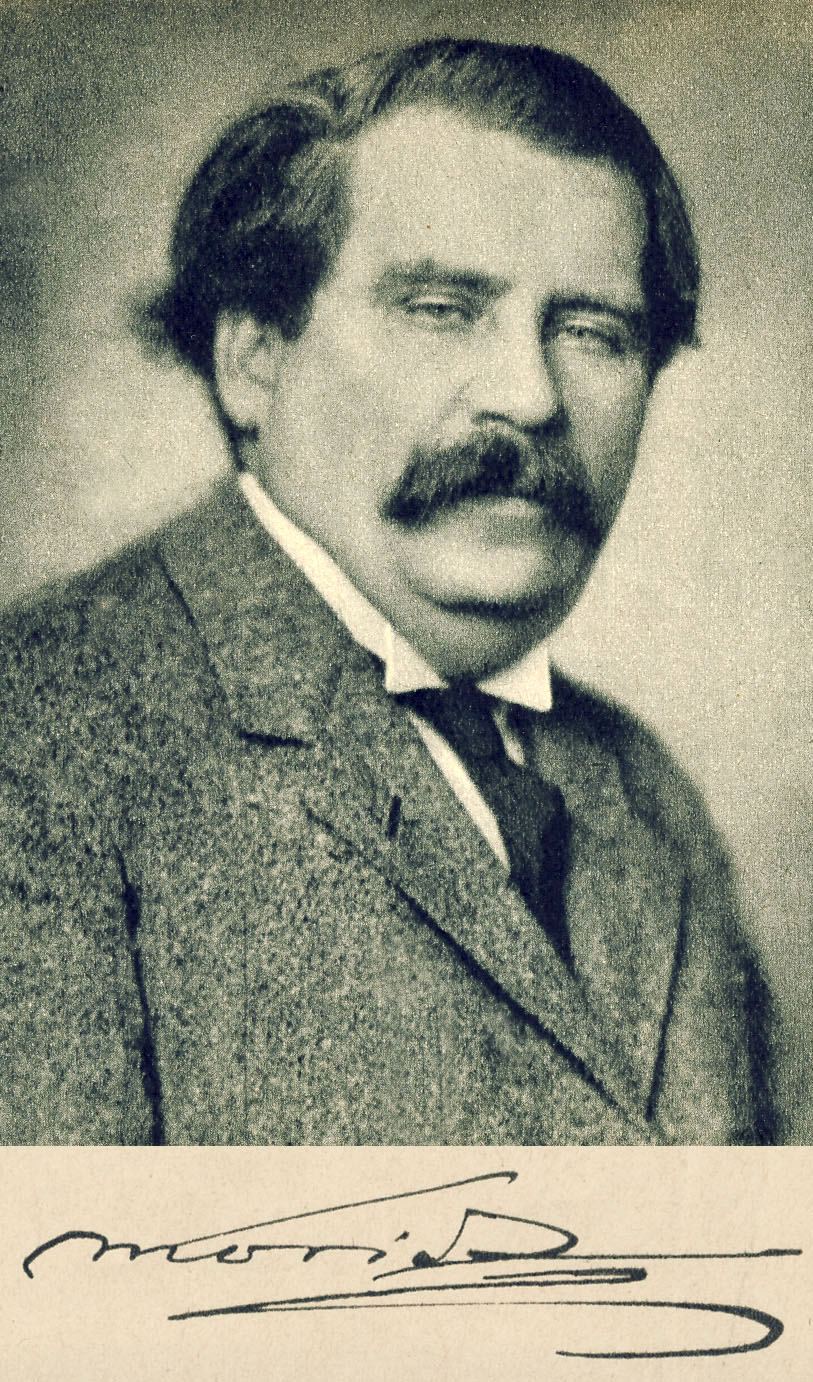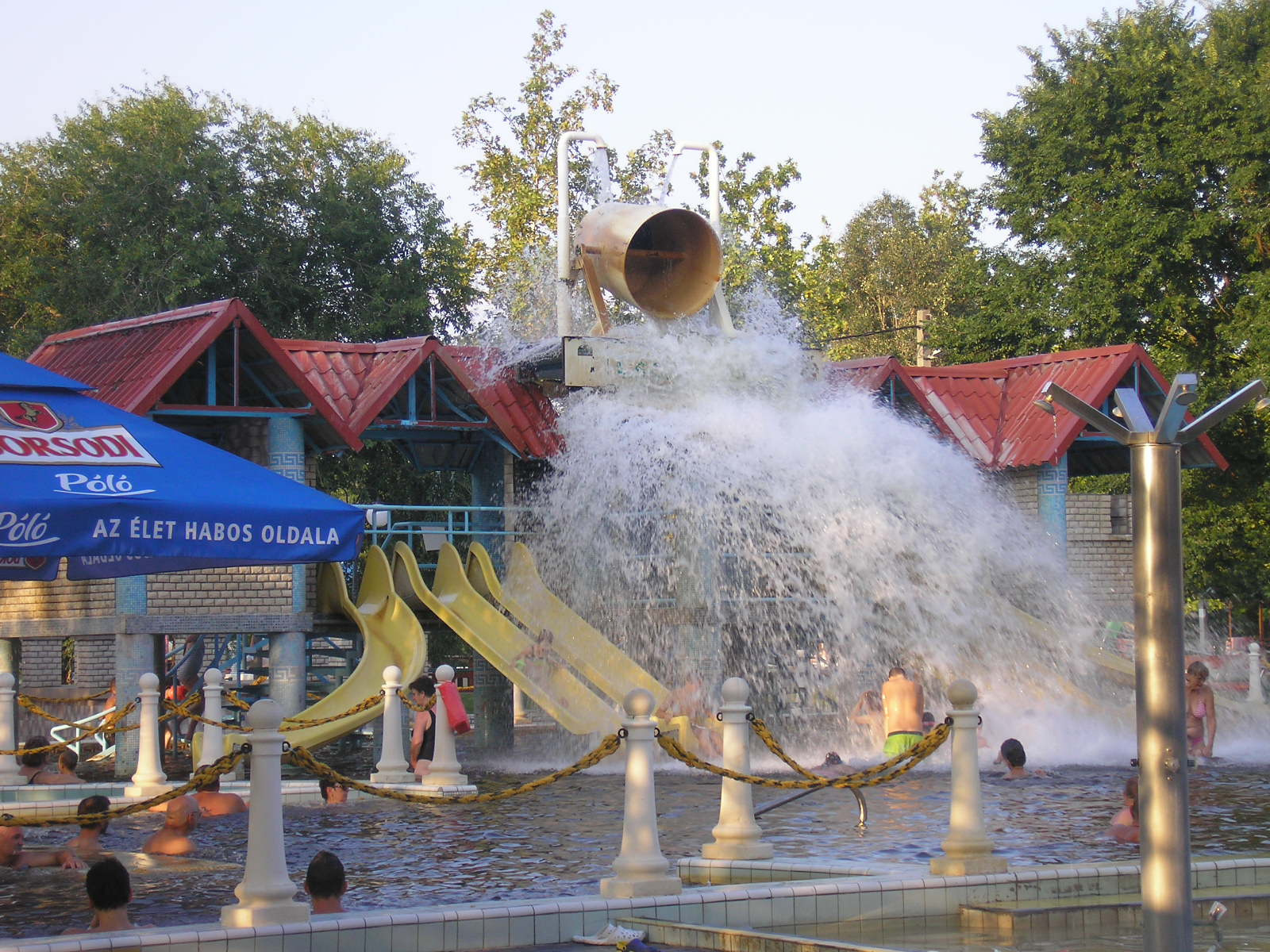|
Great Hungarian Plain
The Great Hungarian Plain (also known as Alföld or Great Alföld, hu, Alföld or ) is a plain occupying the majority of the modern territory of Hungary. It is the largest part of the wider Pannonian Plain. (However, the Great Hungarian plain was not part of the ancient Roman province Pannonia). Its territory significantly shrank due to its eastern and southern boundaries being rewritten by the new political borders created after World War I when the Treaty of Trianon was signed in 1920. Boundaries Its boundaries are the Carpathians in the north and east, the Transdanubian Mountains and the Dinaric Alps in the southwest, and approximately the Sava river in the south. Geography Plain in Hungary Its territory covers approximately of Hungary, approximately 56% of its total area of . The highest point of the plain is Hoportyó (); the lowest point is the Tisza River. The terrain ranges from flat to rolling plains. The most important Hungarian writers inspired by and ... [...More Info...] [...Related Items...] OR: [Wikipedia] [Google] [Baidu] |
Zsigmond Móricz
Zsigmond Móricz (; 29 June 1879, Tiszacsécse – 4 September 1942) was a major Hungarian novelist and Social Realist. Biography Zsigmond Móricz was born in Tiszacsécse in 1879 to Bálint Móricz and Erzsébet Pallagi. On his mother's side, he came from an impoverished but ancient noble family while his father was the descendant of serfs.Judit Frigyesi (2000Béla Bartók and turn-of-the-century Budapest, University of California Press. p. 47 He studied at ''Debreceni Református Kollégium'' (1891–1893), ''Sárospataki Kollégium'' (1894–1896), and in '' Kisújszállás'' and '' Szakoly'' (1896–1898). In 1899, he enrolled at ''Debreceni Református Kollégium'' to study theology Theology is the systematic study of the nature of the divine and, more broadly, of religious belief. It is taught as an academic discipline, typically in universities and seminaries. It occupies itself with the unique content of analyzing th ..., but transferred into law after only ... [...More Info...] [...Related Items...] OR: [Wikipedia] [Google] [Baidu] |
Orosháza
Orosháza is a city situated in the westernmost part of Békés county, Hungary, on the Békés ridge bordered by the rivers Maros and Körös. Orosháza is an important cultural, educational and recreational centre of the region. Main sights The city's main attractions are the Orosháza-Gyopárosfürdő spa complex, the Szántó Kovács János Museum, the Darvas József Literary Memorial House, and the Town Art Gallery. The only museum in the country devoted to water wells is found in Orosháza. At the Rágyánszky Arboretum, more than 2000 plant species in 6000 varieties can be seen. The Lutheran church, was built between 1777 and 1830 in late Baroque style. It is located in the centre of the town. The bell carried by the first settlers, who migrated from Zomba, is kept in front of the altar of the church. A number of cultural and entertaining programmes are organised in the town every year. Notable residents * The cantor Marcel Lorand was born in the city in 1912. ... [...More Info...] [...Related Items...] OR: [Wikipedia] [Google] [Baidu] |
Hajdúszoboszló
Hajdúszoboszló () is a town in Hajdú-Bihar county, Hungary, southwest of county seat Debrecen. It is the third largest town in Hajdú-Bihar county. Etymology The name comes from a Slavic personal name Soběslav (see e.g. Soběslav, Soběslavice, Sebeslavce). Location The town is located in the northeastern part of the Great Hungarian Plain. Three regions meet near the town: the Hajdúhát ridge to the north-north-east, the Hortobágy National Park (Puszta) to the north-north-west, and the Great Sárrét and Berettyó region to the south. Szoboszló lies at an altitude of scarcely above sea level and slopes slightly towards Hortobágy. This is a landscape "where earth and sky meet", but not a monotonous plain, even for travellers accustomed to romantic mountains, since here and there the landscape is enlivened by the backwaters of the Tisza River with patches of reed, thousands of wild fowl, and inviting groves. The surroundings are the renowned puszta, the "glorious ... [...More Info...] [...Related Items...] OR: [Wikipedia] [Google] [Baidu] |
Gyula, Hungary
Gyula (; german: Jula; ro, Jula or ) is a town in Békés County, Hungary. The town is best known for its Medieval castle and a thermal bath. Ferenc Erkel, the composer of the Hungarian national anthem, and Albrecht Dürer the Elder, the father of Albrecht Dürer, were also born in Gyula. Geography Gyula is located in the Great Hungarian Plain on the River Fehér-Körös, southeast from Budapest and from the border with Romania. The Békéscsaba-Gyula-Kötegyán railway line and Highway 44 also cross the town. Highway 44 is a four-lane expressway between Gyula and the county seat Békéscsaba.Magyarország autóatlasz, Dimap-Szarvas, Budapest, 2004, Name Gyula is named after the medieval Hungarian warlord Gyula III.Antal Papp: Magyarország (Hungary), Panoráma, Budapest, 1982, , p. 860, pp. 453-456 Gyula was also a title among the Hungarian tribes and still a popular given name for boys. In Turkish, the town is also known as Göle. History The first recorded ref ... [...More Info...] [...Related Items...] OR: [Wikipedia] [Google] [Baidu] |
Cserkeszőlő
Cserkeszőlő is a village in Jász-Nagykun-Szolnok county, in the Northern Great Plain region of central Hungary. Cserkeszőlő is a dynamically developing bath resort in Jász-Nagykun-Szolnok county, in the south part of Northern Great Plains Region. The village lies in the Tiszazug microregion, in the natural environment bordered by the rivers Körös and Tisza. The township is easy to reach from any point of the country. From Budapest, Highway M5, then from Kecskemét Main Road 44 lead to the village. Developing the bath has been the main strategy of the township for decades. As a result, the spa became well-known not only nationwide but internationally too. Geography It covers an area Area is the quantity that expresses the extent of a region on the plane or on a curved surface. The area of a plane region or ''plane area'' refers to the area of a shape or planar lamina, while ''surface area'' refers to the area of an open s ... of and has a population of 2,260 ... [...More Info...] [...Related Items...] OR: [Wikipedia] [Google] [Baidu] |
Berekfürdő
Berekfürdő is a village in Jász-Nagykun-Szolnok county, in the Northern Great Plain region of central Hungary. Geography It covers an area Area is the quantity that expresses the extent of a region on the plane or on a curved surface. The area of a plane region or ''plane area'' refers to the area of a shape or planar lamina, while ''surface area'' refers to the area of an open s ... of . Population It has a population of 1010 people (2015). References External links Official sitein Hungarian, English and German Berekfürdő at funiq.hu Populated places in Jász-Nagykun-Szolnok County Spa towns in Hungary {{Jasz-geo-stub ... [...More Info...] [...Related Items...] OR: [Wikipedia] [Google] [Baidu] |
Debrecen
Debrecen ( , is Hungary's second-largest city, after Budapest, the regional centre of the Northern Great Plain region and the seat of Hajdú-Bihar County. A city with county rights, it was the largest Hungarian city in the 18th century and it is one of the Hungarian people's most important cultural centres.Antal Papp: Magyarország (Hungary), Panoráma, Budapest, 1982, , p. 860, pp. 463-477 Debrecen was also the capital city of Hungary during the revolution in 1848–1849. During the revolution, the dethronement of the Habsburg dynasty was declared in the Reformed Great Church. The city also served as the capital of Hungary by the end of World War II in 1944–1945. It is home of the University of Debrecen. Etymology The city is first documented in 1235, as ''Debrezun''. The name derives from the Turkic word , which means 'live' or 'move' and is also a male given name. Another theory says the name is of Slavic origin and means 'well-esteemed', from Slavic Dьbricinъ ... [...More Info...] [...Related Items...] OR: [Wikipedia] [Google] [Baidu] |
Frigyes Korányi (physician)
Baron Frigyes Korányi de Tolcsva (''Kornfeld''; Nagykálló, 20 December 1828 – Budapest, 13 May 1913) was a Hungarian physician specializing in internal medicine, especially pulmonary medicine. The Korányi's sign is named after him. He was the father of Frigyes Korányi, Jr., a Hungarian politician and Minister of Finance, and of the physician Sándor Korányi. The family was originally named Kornfeldt and was Jewish, but in connection and actively participating in, the nationalistic Hungarian Revolution of 1848 The Hungarian Revolution of 1848 or fully Hungarian Civic Revolution and War of Independence of 1848–1849 () was one of many European Revolutions of 1848 and was closely linked to other revolutions of 1848 in the Habsburg areas. Although th ..., the whole family changed name to Korányi and converted to Roman Catholicism. References External linksBiography [...More Info...] [...Related Items...] OR: [Wikipedia] [Google] [Baidu] |
Gábor Kátai , a medal of Royal Society awarded to biologists
{{DEFAULTSORT:Gabor ...
Gábor (sometimes written Gabor) may refer to: * Gábor (given name) * Gabor (surname) * Gabor sisters, the three famous actresses, Eva, Magda and Zsa Zsa * Several scientific terms named after Dennis Gabor ** Gabor atom ** Gabor filter, a linear filter used in image processing ** Gabor transform ** Gabor Medal The Gabor Medal is Awards, lectures and medals of the Royal Society, one of the medals awarded by the Royal Society for "acknowledged distinction of interdisciplinary work between the life sciences with other disciplines". The medal was creat ... [...More Info...] [...Related Items...] OR: [Wikipedia] [Google] [Baidu] |
János Kabay
János or Janos may refer to: * János, male Hungarian given name, a variant of John Places * Janos Municipality, a municipality of Chihuahua ** Janos, Chihuahua, town in Mexico ** Janos Biosphere Reserve, a nature reserve in Chihuahua * Janos Trail, trade route from New Mexico to Janos People * James Janos (born 1951), legal birth name of Jesse Ventura * János Aczél (mathematician) (1924–2020), Hungarian-Canadian mathematician * János Adorján (1938–1995), former Hungarian handball player * János Aknai (1908–1992), Hungarian footballer * János Arany (1817–1882), Hungarian writer, poet * János Balogh (biologist) (1913–2002), Hungarian zoologist, ecologist, and professor * János Balogh (chess player) (1892–1980), Hungarian–Romanian chess master * János Balogh (footballer) (born 1982), Hungarian football goalkeeper * Janos Bardi (1923–1990) * János Bartl (1878–1958), magic supply dealer * János Batsányi (1763–1845), Hungarian poet * János B� ... [...More Info...] [...Related Items...] OR: [Wikipedia] [Google] [Baidu] |
János Irinyi
János Irinyi (sometimes also spelled ''János Irínyi''; ; 18 May 1817 – 17 December 1895) was a Hungarian chemist and inventor of the noiseless and non-explosive match. He achieved this by mixing the yellow (also called white) phosphorus with lead dioxide instead of the potassium chlorate used previously. this site's mention of calcium chlorate rather than potassium chlorate appears to be an error? Irinyi also took part in the . Asteroid Asteroid ...[...More Info...] [...Related Items...] OR: [Wikipedia] [Google] [Baidu] |






